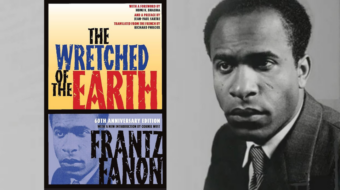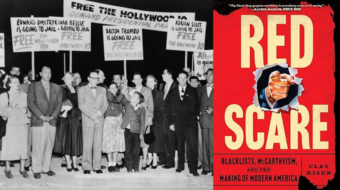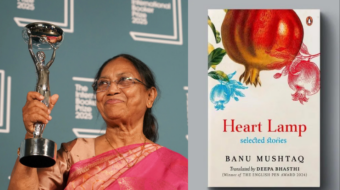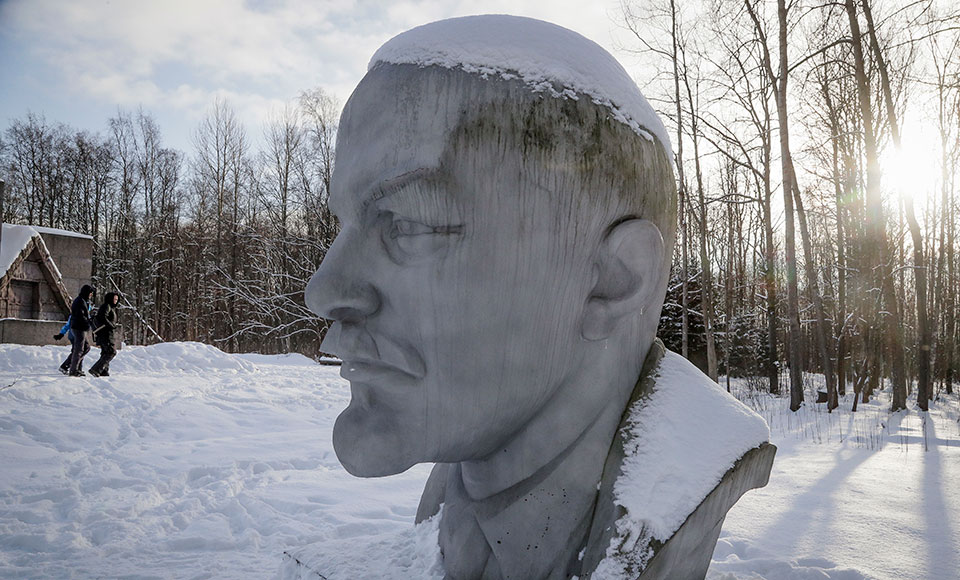
This year marks the centennial of one of the most momentous events in world history – the Russian Revolution.
Undoubtedly, thousands – possibly, tens-of-thousands – of articles and books commemorating the birth of the first socialist republic will be written. Many will be informative, insightful and shed renewed light on a hotly debated topic. Others will be less inspiring.
Unfortunately, Neil Faulkner’s A People’s History Of The Russian Revolution falls into this latter category.
As someone who first read Howard Zinn’s A People’s History of the United States over twenty years ago, has since explored various titles in the A People’s History series, as well as other groundbreaking bottom-up histories – like the work of Gerald Horne – I admittedly came to Faulkner’s book with a preconceived notion of what to expect. In fact, I was initially excited!
I am sad to say, however, that I was deeply disappointed.
There are a lot of problems with Faulkner’s book.
First, it is hardly a people’s history, as Faulkner relies heavily on the voices and narratives of Lenin and Trotsky, as well as a few other major Russian figures known on a world scale – at least to those who have a peripheral knowledge of modern Russian history.
One of the fascinating aspects of Zinn’s People’s History is that it served to amplify the voice of the common person, not great leaders. Faulkner’s book goes in the other direction.
Second, it is hardly a history of the Russian Revolution, as the unsuspecting reader – or victim – will need to trudge through nearly half of the book before reaching the tumultuous events of 1917.
Further, the pre-history, the historical background and context, the comments about the Tsar’s incompetence and mysticism, the background of the Russian revolutionary movement, the peasant farmers and agrarian economy and then the emergence of World War and its impact, could easily have been summed-up in a short Introduction.
Third, there is little – if any – original research in Faulkner’s book, which would be fine if he had offered a new, compelling interpretation of the Revolution as it unfolded. As Faulkner notes, however, he relied heavily on Trotsky’s History of the Russian Revolution, hardly a new or objective analysis.
One has to ask if Faulkner did any original research at all. The bibliography – a whopping two and one-half pages – largely consists of books by and/or about Lenin and Trotsky. No newspapers, letters, interviews or personal accounts are included in this people’s history.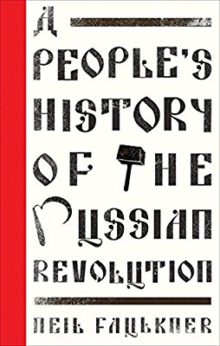
Fourth, Faulkner seems to want to place Trotsky at the center of events even when he contradicts his own analysis. For example, he writes of Trotsky as the man “who grasped…the inner dynamic of the drama-to-come as revealed in its dress-rehearsal [the 1905 Revolution]…the man who more than any other embodied its [the 1917 Revolution] living spirit…” Later, he writes, “It was the young Leon Trotsky, almost alone among Russian revolutionaries, who grasped the full implications of 1905,” though he didn’t become a Bolshevik until 1917 when the revolutionary movement had already gained momentum and was nearing success.
It doesn’t take an astute mind to see Faulkner’s intent to opportunistically place Trotsky front-and-center – regardless of the muddled and confusing logic. The intellectual summersaults needed to make this grand leap – of Trotsky’s role – is far from serious history.
Further, Faulkner also seems to have an ideological axe to grind, as he repeatedly articulates and argues for Trotsky’s theory of permanent revolution as the only thing that would have saved the beleaguered revolution from the abuses and crimes of Stalinism.
I really wanted to like A People’s History Of The Russian Revolution. Faulkner’s aim, to show that “Lenin was a democrat, not a ‘democratic centralist,’ and that the Bolshevik Party was a mass democratic movement…” ; that the “revolution was a mass movement of the people based on participatory democracy, not a coup…” ; and that “Stalinism was a counter-revolutionary movement…,” are all questions worthy of a serious history written by a serious historian.
Unfortunately, Faulkner promises so much, but delivers so little.
Curious readers looking for nuance, complexity and a bottom-up, people’s narrative of the Russian revolution would do well to save their money. This book cannot be recommended.
A People’s History Of The Russian Revolution
By Neil Faulkner
Pluto Press, 2017, 272 pages



